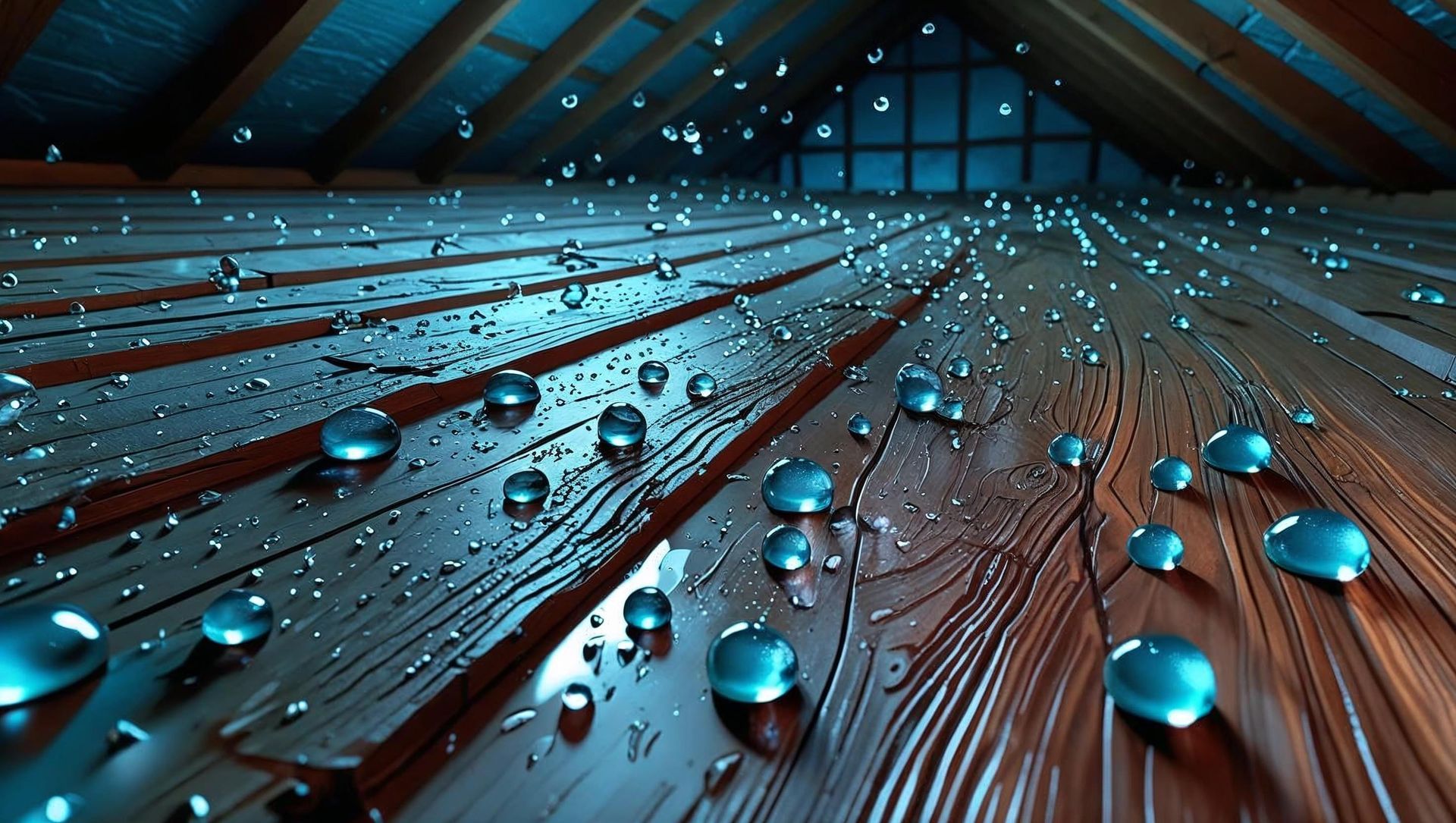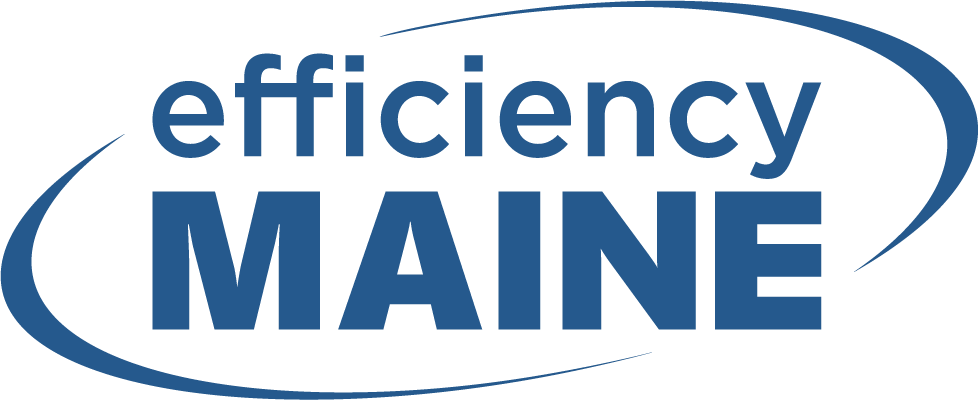Efficiency Maine Rebates
Home insulation is a highly important aspect of home ownership, and it's one that many people don't think about until they're already in the thick of it. If you're thinking about insulating your home to keep you warm in the winter, then we've got some good news for you: efficiency Maine rebates are here to help!
What is Efficiency Maine?
Efficiency Maine is a program that helps homeowners improve the energy efficiency of their homes. The program offers rebates on insulation, air sealing, and heating systems.
What is a Efficiency Maine Rebate?
Efficiency Maine is a statewide energy efficiency program that helps homeowners and businesses reduce their energy costs by making their homes and buildings more efficient. They offer rebates to help with the cost of installing new, high-efficiency equipment in your home or business.
Why is home insulation so important?
Insulation keeps your home comfortable and safe by reducing heat loss through the walls, ceiling, and floors. It also helps to keep moisture from getting into your home through those same areas. A leaky home can lead to mold growth and other problems that can be dangerous for you and your family.
What types of things are covered by an Efficiency Maine rebate?
A variety of things are covered by an Efficiency Maine rebate: installation of new windows; installation of new doors; installation of new siding; installation of insulation in attics or walls; installation of air sealing between floors; and much more.
Who can participate in the Efficiency Maine program?
Anyone who owns a home can apply for efficiency Maine grants. The property must also be your primary residence or place of business. You can be a homeowner of any income to qualify. The building or home must be:
- A single-family home, or
- A Townhouse, or or
- A 1- to 4-unit residential building located in Maine. Larger buildings, including 5 or more attached condominiums, are not eligible.
- Space heated the entire heating season
- Upgrade cannot be part of a new home construction project or an addition.
- Lifetime Limits:
- One $500 air sealing rebate per building or townhouse
- $4,000 in insulation rebates per building or townhouse
What projects can I get Efficiency Maine rebates for?
There are a variety of projects that increase energy efficiency:
Air Sealing - Efficiency Maine Rebate
Air sealing is a process that improves the energy efficiency of a home.
It involves installing weatherstripping around doors and windows and using caulk to seal cracks in the walls and ceiling, which reduces unwanted air infiltration into the house.
The result of air sealing is more comfortable and efficient living spaces, which means you don't have to turn up the thermostat as much on a cold day or crank up your air conditioning system as high on a hot summer night. This can save you money over time by reducing your heating and cooling bills.
Basement Insulation - Efficiency Maine Rebate
Basement insulation is a great way to gain efficiency in your home. By insulating the basement, you can prevent heat from escaping through your foundation and keep it in your home. This will save you money on heating costs as well as help you feel more comfortable.
Basement insulation is easy to install and can be done by anyone with basic knowledge of how to use tools. If you are interested in installing basement insulation in your home, contact us today for more information about our services!
Wall Insulation - Efficiency Maine Rebate
Wall insulation is a great way to make your home more efficient. It helps with temperature control and can save you money on your energy bill.
Wall insulation works by creating an airtight seal between the inside and outside of your house. This keeps warm air from escaping during the winter, and keeps cool air from escaping during the summer. Because it's an airtight seal, it also helps keep moisture out of your home.
This helps reduce heating bills in the winter, because less heat is needed to keep the house at a comfortable temperature—saving you even more money!
Attic Insulation - Efficiency Maine Rebate
Attic insulation is one of the most important parts of a home's energy efficiency. A home with good attic insulation will stay cooler in the summer and warmer in the winter, saving you money on your utility bills.
Attic insulation is a material that helps keep heat from escaping through your roof and walls. There are two main types: blown-in fiberglass and batts (also known as rolls).
Blown-in fiberglass is lightweight and easy to install, making it ideal for DIYers. It's also fairly cost-effective. Batts are more expensive upfront, but they're more durable than blown-in fiberglass and require less maintenance over time.
Both types are effective at keeping heat inside your house during the winter months and outside during the summer months!
How do I apply for the Efficiency Maine program?
There are two ways to apply for the Efficiency Maine program: online or through our website,
click here. Or you can go to the Efficiency Maine website.









